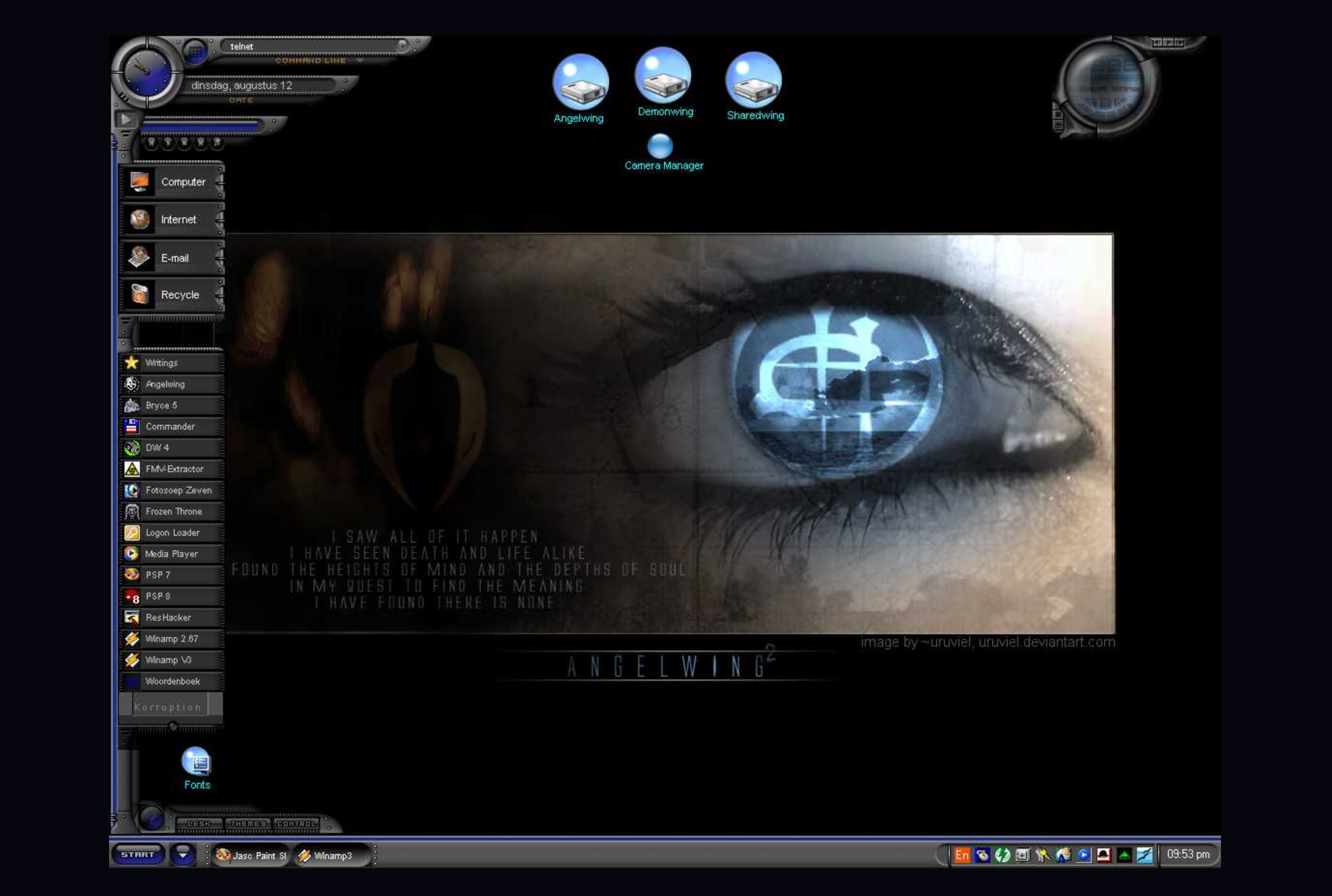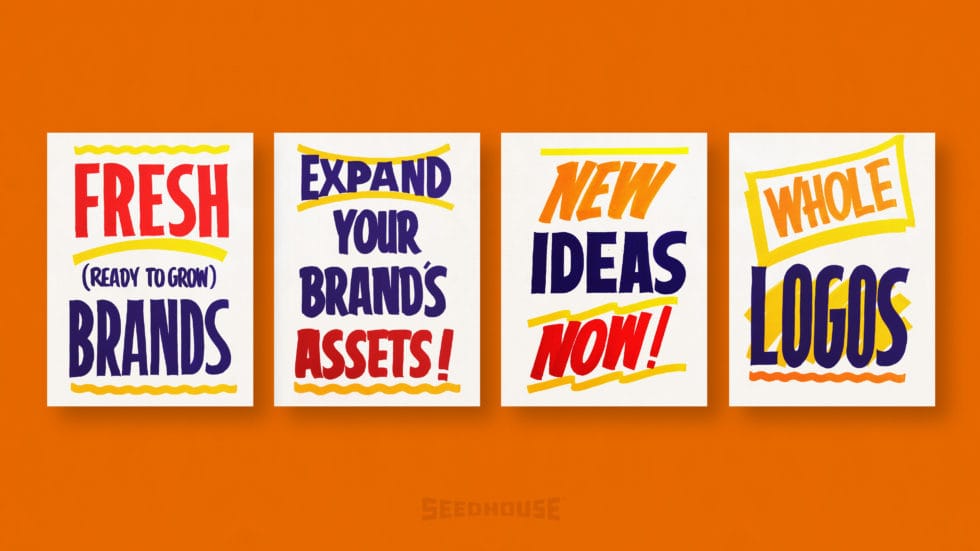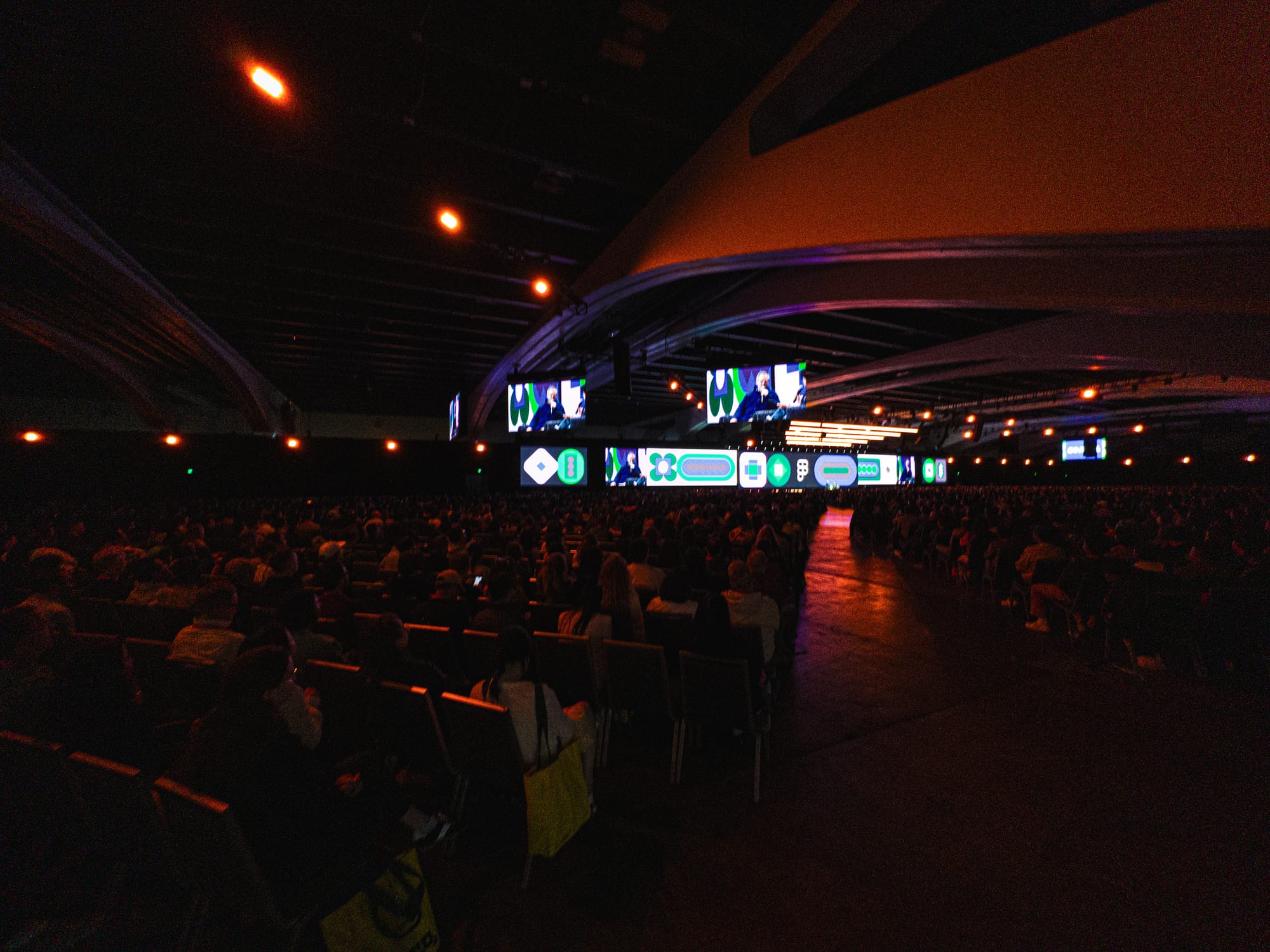
Design deserves better than Figma AI
Figma was the latest company to mishandle AI and design — foreshadowing the loss of a vast array of design jobs. We should demand better from our tools and industry.
I was almost 14 when I started regularly using a pirated copy of Photoshop.
My dad bought CDs from a guy in the Dutch countryside that were loaded with bootleg software. It started with Paint Shop Pro, but I knew that all the legit designers on deviantart were using Photoshop. I re-trained myself to use it to make video game assets and weird digital art.

My dream, back then, was to design something for someone and see it used in the world.
Digital art is cheap — infinitely so — which makes a physical appearance of your work, even printed on cheap paper, a magical transformation of infinite, meaningless pixels into art. Tangible, real art! The challenge was to convince anyone in my small countryside town that I could design them something.
My lucky day came when a then-friend I can charitably describe as a DJ put me in touch with our local club which needed flyers and posters for their beach themed parties. It was a great fit for me and my recently acquired copy of Helvetica Neue, and it would be one of my first designer jobs of my career.
That was a while ago.
I’m lucky to call myself a ’successful designer’ now. I worked with big clients, and I make a living doing what I love. Being a successful designer means you are in a different layer of the design work atmosphere from the old gigs. You’re essentially entirely detached from the reality of those old jobs.
It was no surprise to me, then, to see many other designers with comfortable careers share opinions about Figma’s newly announced AI features that all ran along the lines of:
“Well, design has always changed, just like our tools. The designers of the future will simply have to adapt."
Some career designers were ambiguous about the impact on careers, but many went as far as to assert that designers had nothing to fear: AI, after all, could never replace your job. Unless you were terrible at it.
The problem with that, however, is that in our creative fields by definition, we are all terrible at our work at some point.
The way anyone has achieved success is through a slog. A long, steady swim upstream in a relentless and never-ending yet plentiful river of unpaid or cheap small jobs. I would wager the vast majority of design done every day are exactly these jobs.

A logo for the new pizza place. The menu for a hot dog stand. A poster for a Dutch countryside ‘club’ that is really a renovated old shoe store with a basement featuring a sound system whose only accredited quality is that it is a legal fire hazard. That last one is just a random example.
Figma AI will kill most — if not all — of these jobs.
You see, if someone can simply get that poster (and 10 more like it) generated in a click, people will opt for that most of the time.
That’s not even talking about cost: where you could perhaps have earned a few dollars (euros, in my case) in the past, you can forget about that now. Even if you’d be doing work for free as a fresh designer-to-be, the back-and-forth with you is more messy and laborious than the AI designer who responds instantly and churns out 3 more variants with a click on a little sparkle icon.
Of course, I can’t single out Figma as being the bogeyman. After all, one could argue, if they aren’t doing it, certainly many others will. An absurd glut of startups are working on automated design tools, all the way to generating not just designs but entire products. Venture capital subsidizes any marginal cost, so any of them will happily produce free work. Adobe itself has plenty of AI that does all the design for you.
Regardless, if one thing became clear to me in the last few days at Config is that Figma is the place where design is done now.
Sure, one could argue that it isn’t nearly at the level of comprehension as Adobe’s seemingly ever-expanding oil slick of design tools in Creative Cloud, but it is meteoric in its momentum and enthusiasm.

People love Figma. Designers, developers, PMs. Organizations run on Figma. There’s a good reason Adobe tried their best at buying it: the future is collaborative, with a central platform in the company where design happens. The future clearly belongs to Figma. And in their future, Figma does the designing.
And the design these models put out, for now, is bad.
Figma even shut down the entire prompt-based designer based on outrage that it was basically designing copies of the iOS Weather app. According to Dylan Field, Figma CEO, this was because Figma designed a set of components that the model would lay out. It was inherently limited in its ‘creativity’ as a result.
Unfortunately, Figma has a history of limiting design through its own limitations. It was slow to adopt display P3 gamut and still opts out of it today by default, making tons of apps and products use the archaic sRGB color space when many modern devices are able to display over 25% more colors. Its push towards component and UI-kit based design favors workflows that are similar, conforming and homogenous. Naturally, its AI follows suit.
Oh sure, there’s features announced that co-create, too: you can upload a screenshot to find a comp. You can rename layers (finally) with AI. But a screenshot upload can quickly turn into recreating a screenshot in Figma with AI in just a click. And all your creations, unless you opt out, will become training data for their models in the near future.
This is a horrible move from Figma.
In a future where creative tools support creators through AI, we should benefit from model training as an end user more than the company pushing it; my tool should learn from my personal style and process, and help me expand, learn, and take away my annoyances and redundant work. That should be part of my creative output and I should own it as much as the designs I craft. AI should be my production designer, my assistant and helper; not my creative director. Or, worse: an understudy of all, ready to copy your work and process for anyone to use without any of your thoughtfulness and soul.
The tool, instead, enabling a world filled not with thoughtful — if flawed — junior designs, but literal thoughtless generated matter. Yet, that’s the future our industry leaders are now pushing ahead towards.
We can hope that that means we’ll all be creative directors as designers — but history has shown that is not the case. I don’t disagree that as technology marches forward, we must reinvent ourselves to stay relevant. It’s as much a part of being a designer as pitching your ideas.
But as those guiding the direction in our field, we should also be critical of those that create our tools. Are they helping us? Or are they helping themselves?
If it’s the latter, even if we are in a position of comfort that affords a detachment about the future, we should speak up and demand tools that support thoughtful creation and support the next generation of designers, and not applaud efforts that mindlessly reduce for a dubious promise of convenience.
⠀
⠀
Newsletter
Sign up to get my best articles and semi-regular newsletter delivered in your inbox as they are released.
Membership
Receive my annual photography or design course, access to previous courses, my Lightroom presets, premium articles and more.

